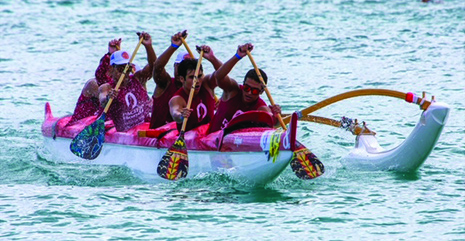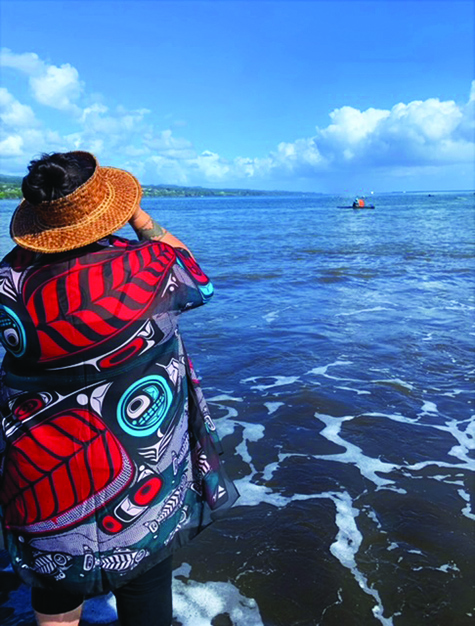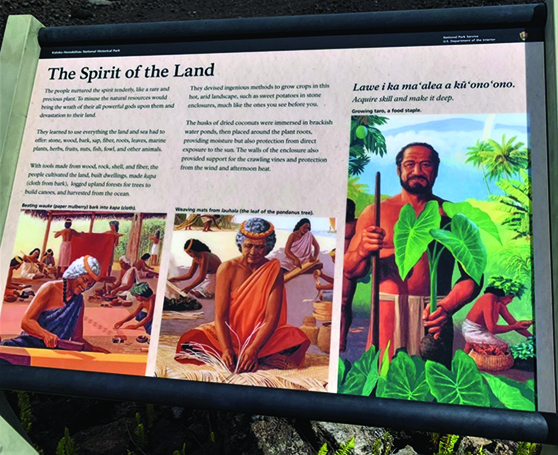
By Lilly Jefferson, Tulalip News Contributor
ʔi čəxʷ, ʔəsčal čəxʷ. Lilly Jefferson tsi s?sda, I recently returned from a trip to Hawaii and wanted to share things I saw and learned.
My family likes to snorkel so we went to tons of beaches while we were there. We went to a beach every day and always left the house with our swimsuits on because we were prepared. But I remember this one beach we went to, we were all in the water snorkeling and we heard this lady yelling at everyone and when we looked up we saw a seal resting on shore. It was awesome! There were other seals, too, all resting around the beach and ten sea turtles were coming ashore.
While we were in Hawaii, we visited the big island and were pleasantly surprised to see Toni Jo Gobin. She shared with me that she moved from Tulalip to Hawaii in June 2016 and absolutely loves her life there. She was willing to share what it’s like calling Hawaii home.
“It’s a blessing to live in Hawaii,” said Tulalip tribal member, Toni Jo Gobin. “It feels like home, it feels like living off the rez. I was a little nervous moving here by myself, just me and my son. But it’s just like anywhere you move where you don’t have no family no ties, no connection. It’s a little scary at first, but we were blessed us with a good place to stay and a good landlord. I thank god for putting people in my life that took me under their wing and introduced me to all kinds of stuff over here that made me feel welcome.”

Hawaiian culture is so similar to our Coast Salish culture. For example, they weave leaves from palm trees for headbands and we weave with strips of cedar wood. They use the ukulele, large gourd drums called ipu hulas, and the pahu a bass drum, while we use hide drums, rattles, and clappers.
They even have canoe races. When I was there we met up with Toni Jo Gobin and learned her son has a canoe. It was so cool and they let us go on it. We just so happened to be there when the island hosted their own canoe races! It was so awesome to see all the canoes on the beach. There were so many people racing.
Hawaiian art even resembles Coast Salish art, too. Each piece of art that I came across had its own story. One common art piece you can see in Hawai’i is the Polynesian Triangle. The triangle represents cultural geography, such as Hawaii in the North, Eastern Island/Rapa Nui, and New Zealand/Aotearoa. *
Here in Tulalip, there is a lot of talk of colonization and we tend to think it has only happened to tribes. Really it has happened all around the world. For example, in Hawai’i in 1896 there was a language ban that caused several generations to lose part of their culture. Land and water were also taken from them for military bases, resorts, urbanization, and plantation agriculture. *
Even their Hula dance has been culturally appropriated. It was taken from Hawaiian people and made ornamental for tourism. Meaning the dance had been a showcase for tourists. Hawaii is the most isolated island in the world. It has been overrun by settlers. During World War II, Hawaii was under martial law for seven years. Hundreds of thousands of acres of land were confiscated.

But natives in Hawaii did not let all of that colonization take their culture completely. They still practice their culture and traditional customs to this day. In school, kids start learning their language young so they will be fluent by the time they’re done with school.
While I was there I witnessed a number of ways that the Hawaiian culture continues to thrive, such as creation stories at beaches and waterfalls, luau with adults teaching kids dances, and their traditional language on signs everywhere. These kinds of similarities to cultural revitalization in Tulalip is something that Toni Jo has found comforting while being so far away from Tulalip.
“I’ve always wanted to live here and there are opportunities with education to experience everything Hawaii has to offer,” she said. “Our tribe pays for college education, they pay for school and a lot of the living costs associated with attending a college, like those in Hawaii. I wanted to take that opportunity to show my son that it can be done.”
Toni Jo attended the University of Hawaii at Hilo and received her Bachelor’s Degree in 2021.
In Hawaii there are fishermen, storytellers, language warriors, singers, artists, weavers, and dancers. There are even tribal members like Toni Jo and her son there carving out purpose and creating community with Native Hawaiians who are just like us. They are our island relatives, beautiful and thriving. Just like us.
*Source: https://hawaiianislands.com/blog/the-history-of-hawaii-and-its-culture